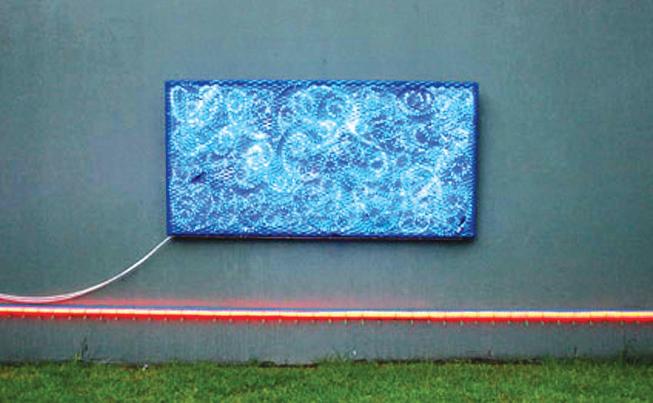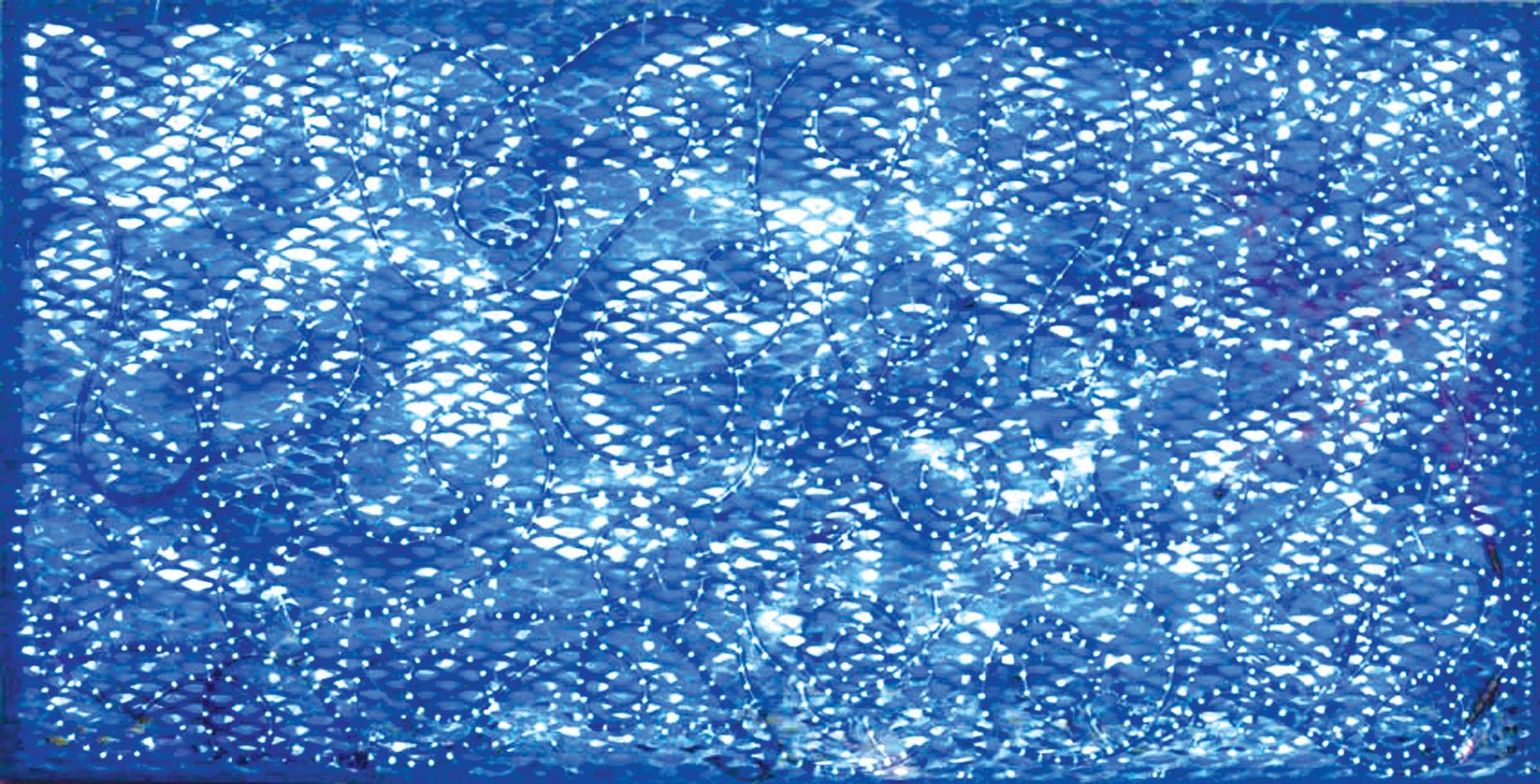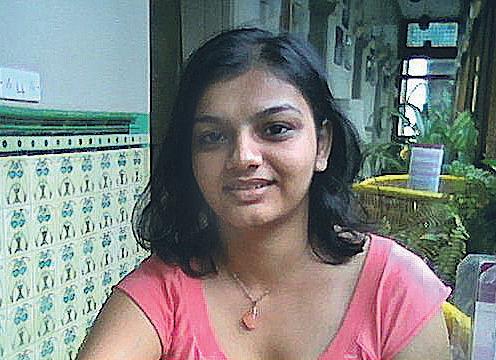
3 minute read
Illuminating the way forward
from 2010-06 Sydney (2)
by Indian Link
BY SHIVANGI AMBANI-GANDHI
If you’ve sat marvelling at the cute reindeers running around the magnificent Christmas tree on Darling Harbour in Sydney each year, you would like to meet Roger FoleyFogg. He manages the art direction and production of the Christmas Tree of Light for The Sydney Harbour Foreshore Authority at Darling Harbour each year.
Even more interestingly, Fogg has been creating lumino kinetic sculptures - light installations -inspired by India’s colourful Gods, mandalas and the concept of Karma since the ‘60s.
“In the ‘60s it was as if India emerged in the collective unconscious globally,” he says. “In my young innocence and ‘60s naiveté, I must confess that India seemed a particularly attractive society because Coca Cola and other suspect symbols of the corporate world were banned at that time.”
He is currently showing modern LED versions of the India-inspired works that were first exhibited in 1971. “In the ‘70s, the lifespan of lights, and my light art was so small that it did not feel right to sell them. Now LED lights are guaranteed to last for 100,000 hours or 10 hours per day for 22 years,” says Fogg.

The abstract works currently on display at the NG Gallery in Sydney are far more sublime than his Christmas Tree, but just as colourful. The Psychedelic Mandala in a hexagon series consists of bright, ‘70s colours like pinks, blues and purples, swirling in a hypnotic hexagon.
The Spirit of India series consists of large panels created using light vibrations and electromagnetic waves, LEDs and rope light to illuminate the transcendental concepts about the three classical Indian elements: air, fire and water. The Spirit of India – The Blue One or Wet Elemental for instance was inspired by the wet weather Fogg encountered in Delhi. For those familiar with Indian mythology, The Blue One may also resonate with the Blue Lord, Krishna. And that is perhaps the beauty of his installations - the abstract works can take on any meaning you want them to.


“These works are indeterminate - people can find any meaning in them.”
Fogg himself was attracted to light art because of ephemeral quality.
“Light is anomalous, invisible. I sometimes use fog in my art works to make light more corporeal. Light art itself is quite ephemeral - you switch it off and it is gone.”
Despite his long-standing connection with Indian spirituality, his first visit to the country was only last year in 2009, when he was invited to an LED convention in Delhi. He took the opportunity to travel to Vadodra, Varanasi and Dharamsala. His favourite memories are of those living in a small hotel in Karolbagh in Old Delhi.

“If you wait outside the hotel, you will see elephants walk past—that won’t happen at the Imperial Hotel!” he laughs.
His other impressionable memories are from the Grand Trunk Road. “A lot of India is getting too modern. Beautiful cultures are getting destroyed by TV,” he says.
He refers not only to India, but also to the younger generation of the aboriginal communities in Australia. He has worked closely with one such community - his photographs of his lightwork with the Gija people of the Kimberley, at their invitation, led to The Spirit of the Gija exhibition which has travelled to galleries in Melbourne, New York and Kununurra.
His other major art shows have included light installations in group shows at the National Gallery of Victoria in 1984 and the Art Gallery of New South Wales in 1992 and he was also commissioned to produce a light installation - OP/EN - for the Museum of Contemporary Art, Sydney in 1991. He has also taken his installation work The Magic of Light to Singapore and other light works to Bangkok, Hong Kong and to the Diwali festival of lights in India in 2009. Earlier this year Fogg exhibited a commissioned work at Hazelhurst Regional Gallery and Art Centre, titled Lumino Kinetics: Seven Light Sculptures which utilised 21 lightworks and 9 films about light as part of his long term multimedia project - The Spirit of India
While he was in India, he had an exhibition of works scheduled to open at a gallery in Vadodra. However, the raging controversy over the racist attacks against Indian students in India made the gallery nervous about showing Australian works for fear of backlash. “I was surprised because my works are obviously about reconciliation,” says Fogg. Undeterred, he is trying to organise another exhibition in Delhi, this time in conjunction with another Australian artist, Tracey Deep as well as two Indian artists who travelled to Australia in the aftermath of the controversy to create new works - Seema Kohli and Dhiraj Singh. Fogg hopes to finish a new work for the Indian exhibition, which has particular resonance with the recent souring of relations between the two nations. “I am not inspired by the spirituality of any one religion or particular belief, but the way that the belief and social systems in all the many different Indias add up to manifest a harmonious whole -- one family,” says Fogg. “I was first moved by this concept of - Universal Oneness - at the Yellow House, Sydney nearly 40 years ago through an unpublished cartoon by Martin Sharp titled we are all islands, joined beneath the sea. My friend, the artist Dhiraj Singh tells me that this ancient Indian concept of Vasudev Kutumbakam, the world as One Family, holds special relevance today particularly in our reaction to climate change. We all have to work together.”








